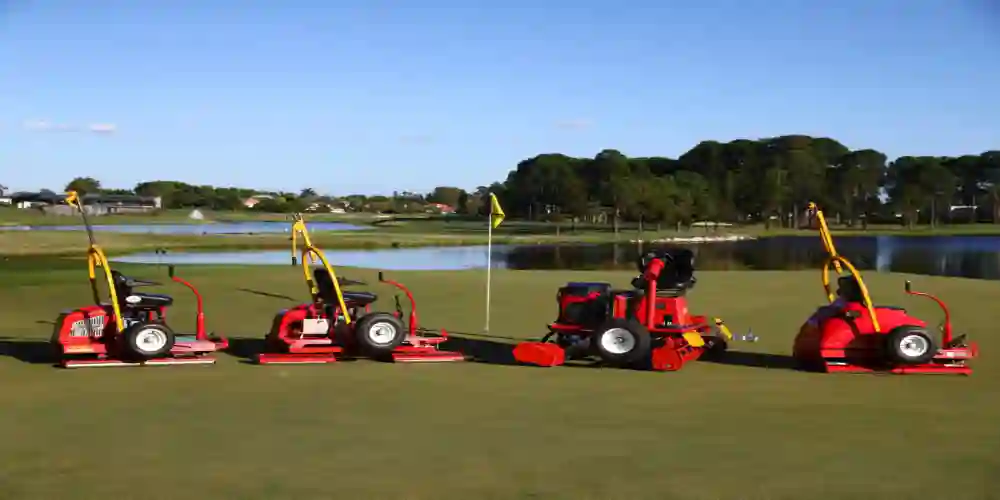Many homeowners are concerned with whether they can successfully lay sod during the winter. While it can be done, it’s important to follow the right steps for a successful installation.
In general, sod is most successful when laid during spring and fall. This is because cooler temperatures and frequent rainfall encourage growth, which leads to a more successful lawn.
Spring
In the spring, sod provides instant green curb appeal while reducing the growth of weeds. However, it is important to lay sod at the right time of year in order to get the best results. The farmers almanac can be a good starting point, although it is important to consult with local sod experts as well.
Sod should be laid on bare soil that is well-prepared before it is delivered to the site. It is recommended that the sod be rolled lightly to ensure evenness, and then immediately watered heavily to wet the surface and top portion of the rootzone. This should be done as soon as the sod is unrolled, as if the soil is allowed to dry too much the roots may struggle to take hold.
The cool temperatures of the spring help the sod establish roots quickly, allowing it to grow vigorously and compete with weeds. The grass will also be at its peak performance during this time, making it resistant to heat and requiring less watering.
For warm-season grasses like Bermuda and Zoysia, the fall is another great time to lay sod. As it becomes cooler in the South Carolina, the sod will develop deep roots that will keep it thriving through the winter. It is important to be aware that this grass will need additional irrigation in the winter as we experience occasional freezes in the Palmetto State.
Summer
In the summer, warm-season grasses are at their peak growth. This means that when you lay sod, it will quickly take root and become established before the weather turns cooler in fall and winter.
In order to prepare the soil for sod installation, homeowners should clear away twigs, stones, and other debris, as well as core-aerate the lawn to promote healthy, vigorous turf. Then, a basic soil test should be conducted to evaluate the nutrient makeup of the area and determine what amendments may need to be applied.
After the soil has been tested, it is a good idea to apply a starter fertilizer that is high in nitrogen. Soil that is not properly prepared prior to laying sod will prevent it from establishing its roots.
It is also important to keep fallen leaves off new sod lawns, as they will block sunlight and cause bare spots in the yard. Once the sod has been laid, it is essential to maintain proper irrigation and watering.
It is recommended that homeowners use https://theredbarnguy.com/product/sod-roller-carolina-attachments-60-gpm/ to eliminate air pockets in the dirt, as well as lightly run it over the surface to encourage proper rooting and help reduce the incidence of fungal disease. While it is a good idea to install sod in spring and fall, sod can also be laid in the winter in certain areas of the state where it does not freeze on a regular basis. However, sod that is laid in the winter will remain dormant until spring, and it requires a different maintenance strategy than other planting seasons.
Fall
In the fall, cool temperatures allow sod to root quickly while still growing, giving it a healthy head start in the spring. The longer, more reliable weather pattern of the fall means that sod is less likely to overheat and not take root or dry out.
In addition, the cool temperatures in the fall mean that sod is more resistant to disease and fungal growth than it is in the summer. The fall is also an ideal time to lay sod for warm-season grasses, as they will be at their peak of growth.
While laying sod in the winter can be an option, it is important to remember that cold winds and freeze-thaw cycles can quickly dry out new sod and cause major issues. Additionally, sod cannot grow in freezing temperatures or frosty conditions.
In general, if homeowners follow proper installation and maintenance techniques, they can install sod at any time of the year. However, if homeowners want their lawn to look its best, the spring and fall are the best times to install sod. The cooler temperatures and frequent rainfall make for the best environment for successful germination and establishment of sod. In addition to laying sod, we recommend using a starter fertilizer like Lawnifi’s 9 Bottle Program for optimal results. The two bottles of Grow help improve soil health and the single bottle of Maintain provides nutrition for the newly established sod.
Winter
Although it may seem counterintuitive, installing sod in the winter can be a good idea if the proper steps are taken. When done correctly, it can help a home’s lawn grow and green up in the spring while also providing immediate curb appeal. Optimal product choice, careful preparation and proper maintenance, which are important practices regardless of the season, become even more critical when installing turfgrass in winter.
It’s best to choose a premium turfgrass variety for winter lawn installation, such as TifTuf ™ Bermuda, Zeon(r) zoysia or Rebel(r) Supreme tall fescue. These varieties are tolerant of cold temperatures and do well in our climate.
During winter, homeowners should prepare the site by clearing it of rocks, debris and other obstacles that could impede root penetration. They should till the soil to loosen it and add quality topsoil if necessary. They should also conduct a soil test to determine the pH of the soil and amend accordingly using lime or sulfur.
Once the soil has been prepared, homeowners can lay sod pieces tightly together. Then, they should roll the turfgrass thoroughly to ensure good contact with the soil and eliminate air pockets. Finally, they should water during the installation process and afterward until the top two inches of soil is moist. It is crucial to irrigate new sod in the winter, as cold winds can quickly dry it out.




